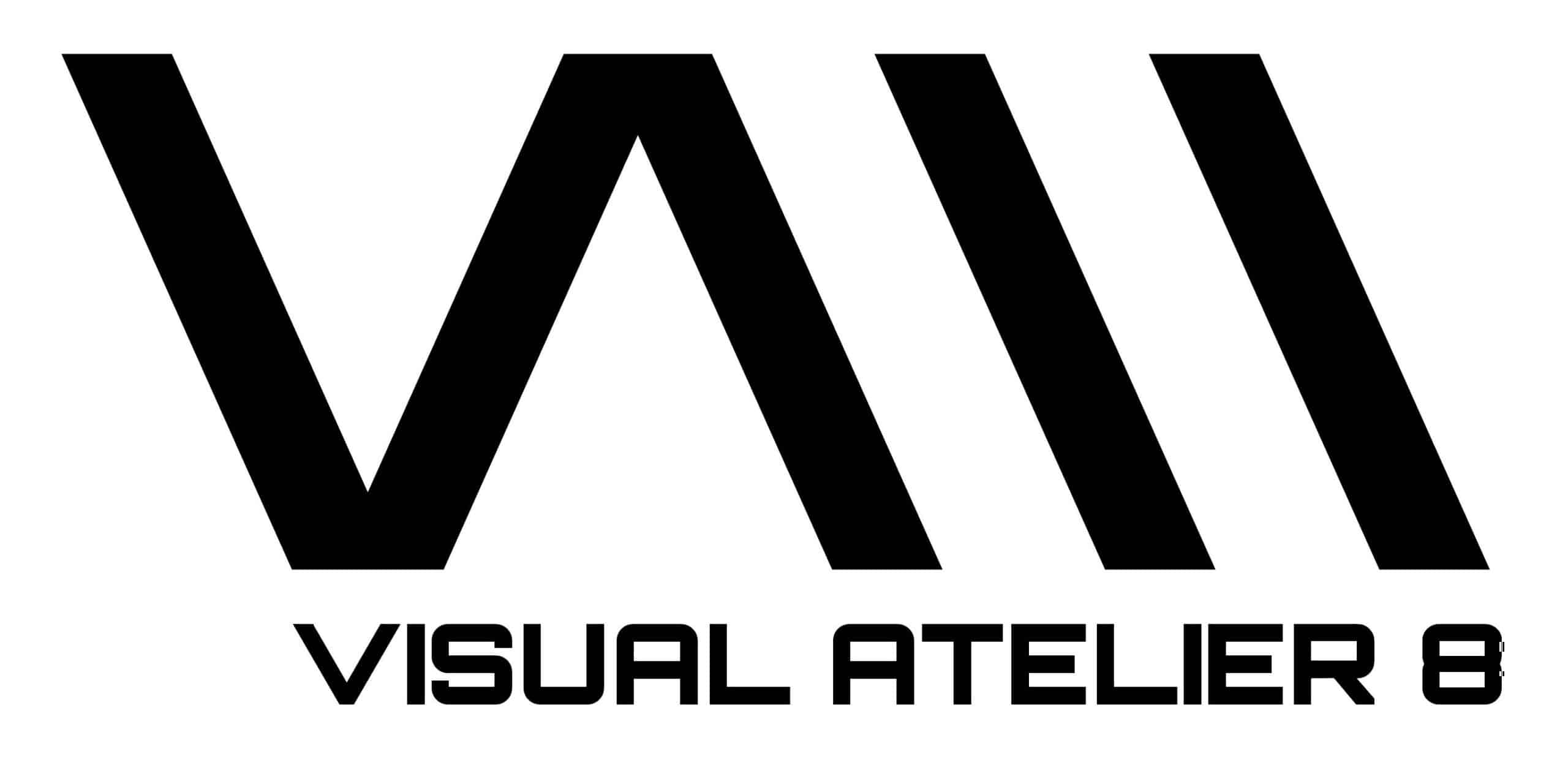Diatoms explores the beauty of microscopic life with stunning CG recreations
“Diatoms,” a captivating short film by Optical Arts, serves as a heartfelt homage to Klaus Kemp, a luminary in the niche art of diatom arrangement, and to the intricate beauty of diatom slide design. This visual exploration offers an intimate glimpse into the microscopic world that Kemp brought to life, a realm of natural artistry rarely seen by the naked eye.
Kemp, a self-taught microbiological artist and light microscopist, achieved global renown for his complex diatom arrangements. His fascination with the art began upon encountering a Victorian-era diatom slide in his youth. This inspiration led him to devote his life to perfecting the craft, devising custom tools and spending eight years developing a proprietary glue, a formula he guarded until his death.


Originating in the Victorian period, diatom arrangement is an intricate practice that involves positioning microscopic diatoms—single-celled phytoplankton encased in exquisitely detailed silica shells—into symmetrical patterns on slides. These arrangements, often no larger than a millimeter, require immense precision. Kemp’s work, considered some of the finest ever produced, remains highly sought after by collectors.
Initially, the creators of “Diatoms” intended to document Kemp at work, capturing his meticulous process firsthand. Following his passing, the project pivoted to a computer-generated approach to honor his legacy. The team painstakingly reconstructed the nuances of Kemp’s workspace, from his circular wooden table to his meticulously organized slide storage boxes. The film takes viewers on a journey through these recreated details, culminating in a transition through a microscope to reveal the breathtaking artistry of diatoms.


Recreating the beauty and complexity of diatoms in CG presented unique challenges. To authentically render their intricate silica shells, the team developed detailed 3D models designed to mimic the interaction of light with real diatoms. A blend of technical accuracy and creative shading was employed to enhance their aesthetic appeal.
Referencing an authentic diatom arrangement slide, the team studied how silica refracts light under varying conditions, enabling more nuanced visual effects. Inspiration was also drawn from Scanning Electron Microscope (SEM) imaging, a technique frequently used to visualize diatoms in three dimensions. This approach yielded a series of grayscale images that highlighted the models’ intricate forms and structures in the SEM style.



All images courtesy of Optical Arts, shared with permission

